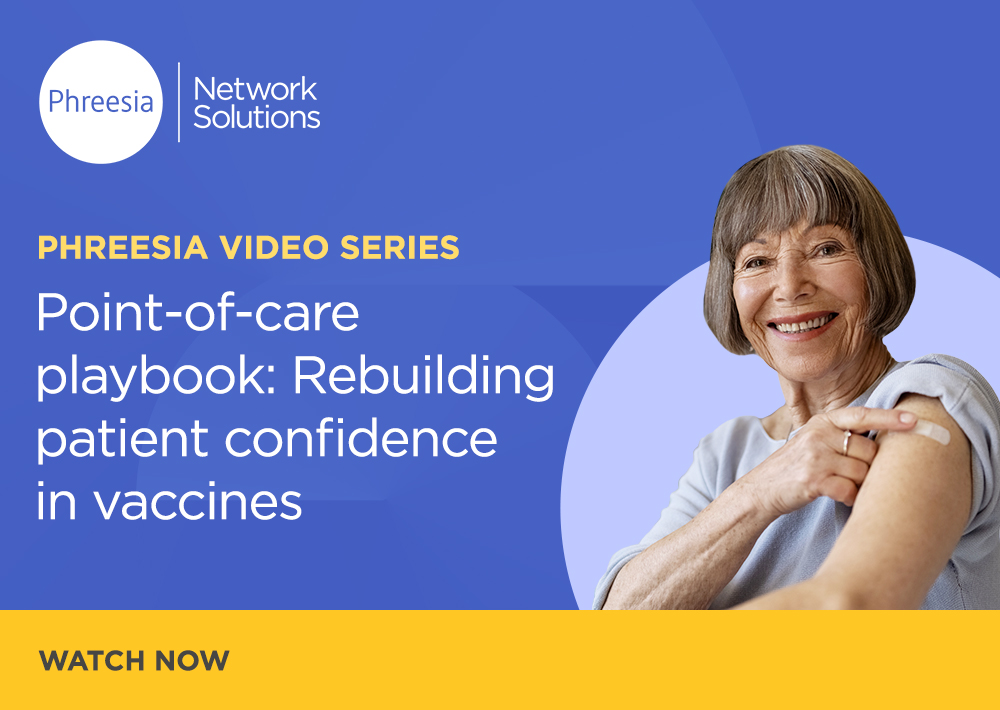
Brands that demonstrate real, informed allyship strengthen their reputation, deepen patient trust and support better health outcomes across diverse populations.
When we talk about improving preventive care, we often focus on closing clinical gaps—boosting screening rates, reducing late-stage diagnoses and expanding access to care. But for many transgender individuals, the gap isn’t just clinical, it’s informational, structural and emotional.
Despite advances in LGBTQIA+ health advocacy, transgender people still face significant barriers when navigating the most basic aspects of preventive care. Questions like “What screenings do I need?” or “Will I be treated respectfully at this appointment?” are not just common, they’re constant. And while providers play a crucial role in creating affirming clinical experiences, the work can’t fall solely on their shoulders. Life sciences organizations and advocacy groups have a powerful opportunity to step in and support transgender patients before they even reach the exam room.
The problem: Confusion, discomfort and disparities
Many cancer screening guidelines are written with cisgender bodies and experiences in mind. A transgender man who has not undergone gender-affirming surgery may still need cervical cancer screening, but may not receive a reminder if his records no longer list him as female. A transgender woman who has undergone hormone therapy might need breast cancer screenings but may be unsure when to begin or how to ask. These are not edge cases—they are everyday realities for a growing population of people navigating a healthcare system that was not built with them in mind.
Transgender individuals are often left to research their own screening needs, decode medical jargon and prepare themselves for potentially awkward—or even hostile—clinical interactions. This additional labor just to access routine care is both unfair and preventable.
Alarming statistics highlighting the disparities
- Preventive care avoidance: A 2020 survey revealed that 40% of transgender respondents postponed or avoided preventive screenings due to discrimination, with the rate increasing to 54% among transgender people of color.
- Healthcare discrimination: Nearly half of transgender adults reported experiencing mistreatment or discrimination by healthcare providers in the year prior to the survey, including care refusal, misgendering and verbal or physical abuse.
- Lack of provider knowledge: One in three transgender individuals reported having to teach their doctor about transgender people to receive appropriate care. This includes correcting misgendering or educating on inclusive language, clarifying anatomy-based care needs, and describing gender-affirming procedures and their implications on screening or lab results.
- Cancer screening disparities: Transgender and gender-diverse individuals are less likely to adhere to cancer screening programs and have a higher incidence of HIV- and HPV-associated cancers.
These statistics underscore the urgent need for systemic changes to ensure equitable healthcare access and outcomes for transgender individuals.
The opportunity: Educational content that meets patients where they are
Organizations in the life sciences and health advocacy space are uniquely positioned to help bridge this gap. By creating educational resources that are anatomy-based, culturally sensitive and written in plain language, we can reduce confusion and empower patients with the confidence to advocate for themselves.
What does this look like in practice?
- Inclusive educational tools that explain which cancer screenings may be needed based on a person’s anatomy and medical history, not their gender identity.
- Clear, affirming messaging that reassures patients they are not alone and deserve care that respects their identity.
- Guides and conversation starters that help patients talk with their providers about screenings that may otherwise be overlooked or misunderstood.
These materials don’t just inform—they affirm. They say, “You matter. Your health matters. You deserve to be seen, heard and cared for.”
Why it matters for healthcare brands
Creating this kind of content isn’t just good public health, it’s good business. Brands that demonstrate real, informed allyship strengthen their reputation, deepen patient trust and support better health outcomes across diverse populations. As value-based care continues to expand, empowering underserved groups with preventive care tools is not just an ethical imperative—it’s a strategic one.
More importantly, this is a chance to be part of a larger movement. One that affirms every person’s right to navigate healthcare without fear, confusion or compromise.
A call to action
If you work at a life sciences company, in patient marketing, or with an LGBTQIA+ advocacy organization, I urge you to consider this: What resources could you create to make preventive care more accessible and inclusive for transgender people? How can your organization help ease the burden of self-advocacy by providing education that meets patients where they are?
Healthcare doesn’t start in the clinic. It starts with knowledge. Let’s make sure that knowledge is accurate, inclusive and available to everyone.
Learn how Phreesia can help your organization reach transgender and gender-diverse individuals with the appropriate education.
Alicia Cowley, MD, MBA, is an internist and Director of Market Development at Phreesia.


